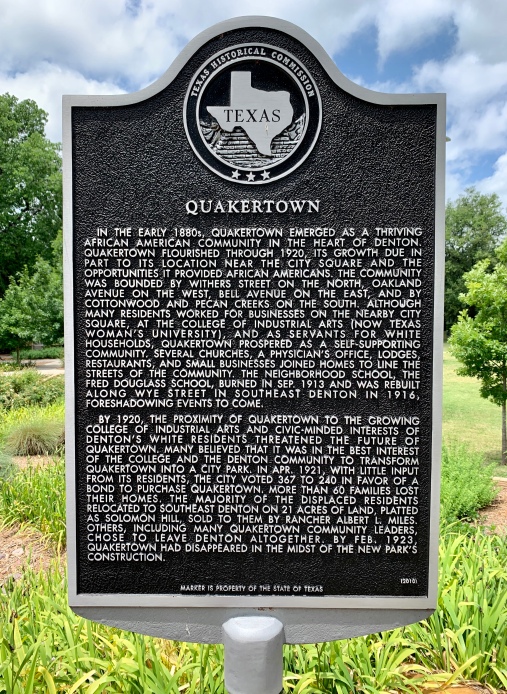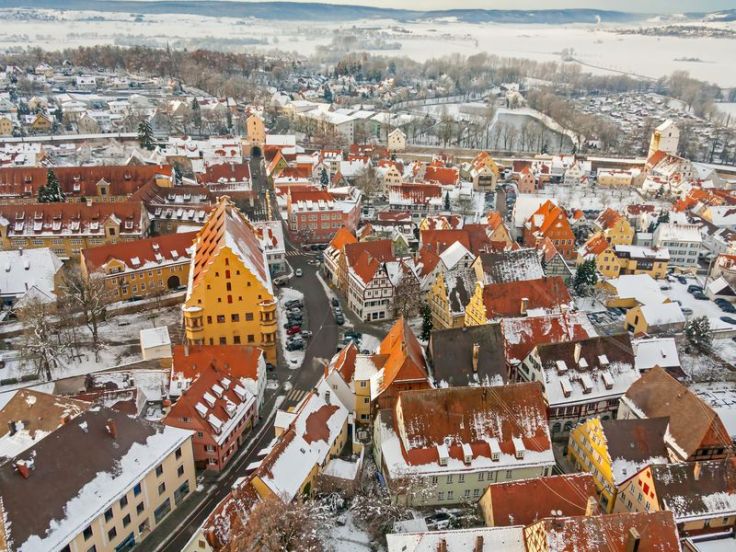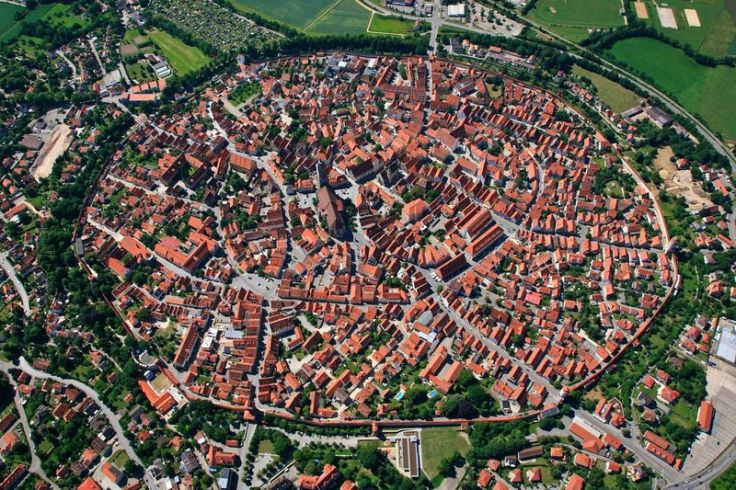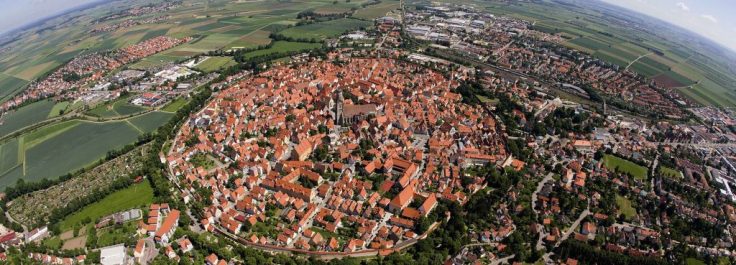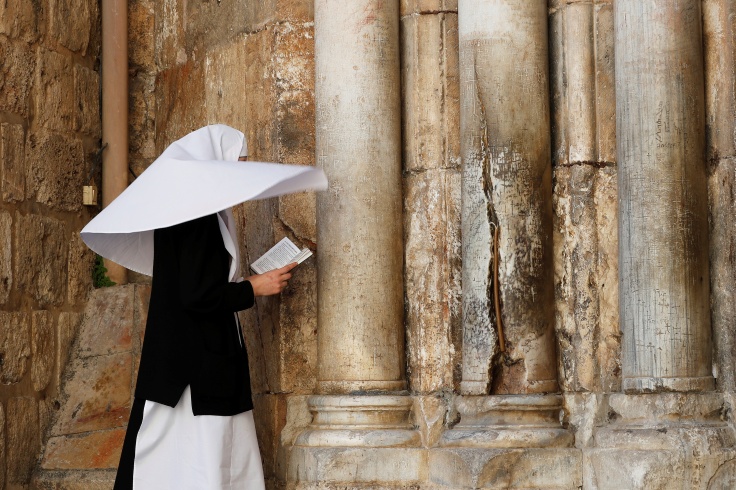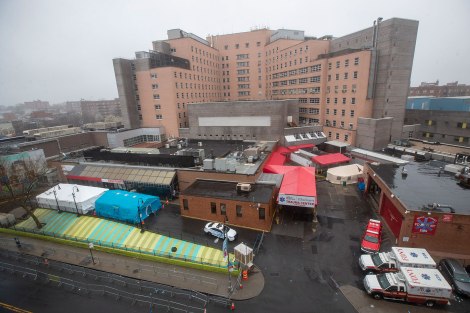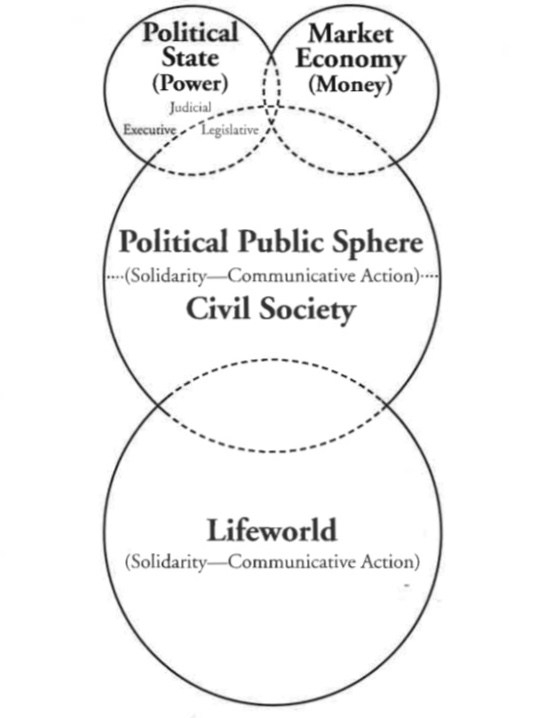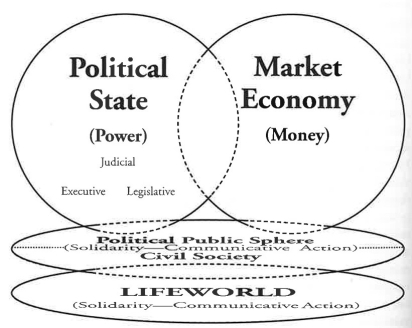This slideshow requires JavaScript.
My home state of Oklahoma is more than fundamentalist Christianity and red-state politics. Oklahoma is Indian Country, now home to 39 federally-recognized tribes and nations, among many others. Most of these American Indians, including my own Chickasaw Nation, were coerced by the US government into leaving their traditional territories. Moreover, Oklahoma was eyed by many former slaves in the Reconstruction era as a possible ‘Black state’—a dream of Black stability and prosperity crushed in the Tulsa Race Massacre of 1921 when envious white neighbors burned “Black Wall Street” to the ground and prevented its rebuilding. If one has eyes to see beyond the anxiety-ridden swagger of settler-colonialism and white racism, Oklahoma speaks in multiple voices.
Recently, another voice was added when the first Christ at the Checkpoint (CATC) conference held outside of Bethlehem brought nearly twenty Palestinian Christians to Oklahoma City (known to every Okie as “the city”). The evangelical Palestinian Christians who organize CATC, many of whom are dear friends, have sought to promote dialogue with western evangelical siblings. Since it very well be the prong on the buckle of the Bible Belt, Oklahoma City was a bold choice.
Halfway through the conference, a Palestinian-American friend told me he had an extra day in Oklahoma and asked what he should check out during his free time. My brain went into overdrive. My first thought was our biggest local collection, the National Cowboy & Western Heritage Museum, formerly known as the Cowboy Hall of Fame. Even with good reviews on TripAdvisor, I couldn’t recommend it. The centerpiece sculpture of the museum, “End of the Trail,” depicts a Native (of unknown tribe or nation) slumped over his horse, his spear hanging limply at his side. This is the visual representation of the dominant American conception of American Indians—defeated, vanquished, vanished. Not the side of Oklahoma I want to emphasize for Palestinian friends.
I shared an alternative idea, but one that would take a bit more effort. What if we drove from Oklahoma City to Sulphur, where we could visit the Chickasaw Cultural Center? What if instead of seeing the swaggering cowboy’s depiction of the Native we see how one tribe has chosen to present itself to the world? My Palestinian-American friend immediately agreed; I suggested he find a couple of others who could fit in my car. It was a plan.
—
It is relatively commonplace to hear comparisons of American Indian and Palestinian experience. There is broad recognition that, in general terms, Natives and Palestinians have each faced invading European communities seeking to take their land. But these comparisons, while evincing some truth, are often problematic. Take, for instance, the imbalance of comparing Palestinians, as one (relatively) homogeneous subsection of Arabs, to the profound diversity contained within the concept of “American Indian,” comprising at least the 538 federally-recognized tribes in what is now the United States. Moreover, why should present US boundaries determine the limits of analysis? First Nations in Canada and Indigenous peoples throughout the world can offer similar points of comparison. On top of that, the comparison often seems hopeless; how can similarities with defeated and disappeared Indians encourage the ongoing the struggle for Palestinian self-determination and sovereignty?
I was raised in Oklahoma. From the beginning, I was aware of my Chickasaw heritage. Although I attended some stomp dances and drumming circles, being Chickasaw was more a matter of holding the right documentation. This was complicated by my family’s own ambivalent relationship to Indianness … whether it was my grandfather’s discomfort with the “full-bloods” at the senior center or my father’s references to “dog-eatin’ Indians” (I asked him one time if that included me too). I present as nothing other than white, and whiteness shaped all aspects of my life.
Given all of this ambivalence—resulting from what I now understand to be white anxiety vis-à-vis the claims of indigeneity—it rarely occurred to me to speak from a Native or specifically Chickasaw perspective. It almost goes without saying that my academic interests—history, theology, and political theory—can be pursued from the perspective of whiteness alone. It was through my encounters with Palestinian Christians seeking to unlearn white western Christian theologies while unmaking the destructive consequences of those theologies on their lives, that I was invited into a new understanding of my own indigeneity. The result has been a self-conscious mixed-blood perspective in which I take responsibility for applying the privileges of my whiteness toward the liberation of peoples living on the underside of western colonial history and its theological presuppositions.
My first attempts to compare American Indian and Palestinian experience were general, along the lines of so many popular analogies. I have learned, however, that more precise comparisons yield vital fruits. Drawing from my own heritage and experience, I have focused on the specific experiences of the so-called “Five Civilized Tribes”—the Chickasaw, Choctaw, Cherokee, Muskogee/Creek, and Seminole—and their removal out of the southeastern United States. In this case, the comparison isn’t about first contact like in Jamestown or the early Native strategies for accommodating European colonizers. Nor is it a comparison with the military onslaught which consolidated the western frontier.
Comparison of Palestinian experience with those of the Chickasaw and other southeastern Native nations helps us better understand Indigenous strategies for resistance and survivance in the face of white settler colonialism. On the European side of the ledger, comparison highlights how European settler intransigence squandered the possibility of coexistence. It is a comparison of how European commitments to religious and nationalist mythologies were consolidated into government policy, including bureaucratic techniques and legal fictions designed to clear Indigenous communities from lands mapped for European settler possession. It is a comparison of how those who imagine themselves to be ‘civilized’ construct the idea of a savage whose mere existence can be tolerated to a certain point but who can ultimately never be allowed to participate in civilized society without renouncing all claims of distinct identity, including land. The comparison of Chickasaw and Palestinian experience highlights a shared struggle of arguing cases before the highest levels of European colonial courts and participating in coerced negotiations for homelands in the face of overwhelming military power. Both communities know what means to face the choice of either losing land or losing communal existence.
The shared experience of existential threat gives rise to shared participation in Indigenous resistance to European settler colonialism, the refusal to be eradicated and replaced. That spirit of resistance and persistence—what Gerald Vizenor has named ‘survivance’—is about cultural preservation and renewal. It is about dance and language and stories and food. It is about thriving where there should be desolation and waste; as the motto of Dar al-Kalima College in Bethlehem put it during the Second Intifada, “Destruction may be; creativity shall be.” It is about existence as itself an act of defiance. Self-identification as Chickasaw or any other Native nation within the boundaries of the United States is the same as proudly identifying as Palestinian: an act of defiance against those forces who want to see our name blotted out from the memory of the earth. And it is about land. Not land for the sake of land alone, but so the people may thrive. It is about exercising sovereignty in the land, demanding every right of self-determination, leaving no possibility unexplored.
—
All of this was on my mind and heart as we drove down I-35 toward the Cultural Center. Jonathan had recruited another Palestinian friend, Bshara Nassar, who is founding the Museum of the Palestinian People in Washington, DC. We were also joined by Bshara’s colleague, AnaMichele. We passed the turnoff for Pauls Valley, where my mother was raised and where, in the past few years, she purchased a section of land that was her great-great-grandmother’s original allotment following the creation of the Dawes Rolls. I told them about Wynnewood, where many people on that side of my family worked at the oil refinery and the high school mascot is the Savages.
The rain lifted as we reached Sulphur. My companions were impressed with the beauty of the land and the site’s impressive architecture. We were hungry, so we stopped at the restaurant first. They enjoyed their first Indian Tacos—bison, beef, and vegetarian.
As we were waiting for the food, I recognized Felix, one of the dancers at the Center. He was standing with a friend, Jesse. I left the others and asked Felix if he’d be willing to greet some friends from Palestine, even though we had missed the stomp dance and musical presentations. He listed the international visitors he had encountered in the prior two days and said that he is happy to share Chickasaw cultural heritage with so many different kinds of people.
Felix and Jesse came to the table, greeting the group as any other international guests. But something deeper happened. These were not just internationals. They were from Bethlehem, Christians connected to the land of Jesus. The Palestinians shared their understanding of connection to American Indian experience, the shared struggle to maintain identity and culture—both in the land and around the world. Workers around us listened in on the conversation. It became clear that these weren’t just international visitors. These were fellow travelers. I brought the food to the table, but the conversation went on.
The gracious welcome continued when we moved over to the museum. My mother’s intentions of paying the entry fee for non-Chickasaw visitors were thwarted when the receptionist counted all of us as citizens. Word had spread that Palestinians were visiting.
In the initial reception room, we observed a mosaic depicting Chickasaw cosmology (drawn from deeper Mississippian traditions) and a map of Chickasaw territories of the present, in south-central Oklahoma, and the past, centered in the northern part of what is now Mississippi. Palestinians carrying memories of their grandparents’ villages and towns recognize when another people remembers its past territories.
We started through the museum displays, beginning with the Chickasaw origin narrative—closely bound with our Choctaw siblings—and an explanation of why artifacts are not displayed, out of respect for traditional Chickasaw burial practices. This explanation is punctuated by a letter from Chickasaw Governor Overton James to government officials in Mississippi asking for assistance in preventing grave robbery in the Chickasaw homelands. No response is noted.
Our group then viewed the museum’s introductory film—really an introduction to the Chickasaw people past and present. This is where the question of self-presentation comes to the fore, where the Nation points to its traditional values and highlights its contributions to society—from education and health services to law enforcement and US military service. The film emphasizes that the Chickasaw people have endured through many seasons and intend to endure through many more. Organized by the four seasons, the film identifies contact with European settlers and removal to Oklahoma as part of a Chickasaw Autumn; Winter comes with Oklahoma statehood and continued political oppression by the US Federal Government. Spring has come again with the negotiated reassertion of sovereignty in the 1960s.
As soon as the film ended, we were surprised by Felix at the back door of the theater, beckoning us back to the room with maps and mosaics. He and Jesse had gone back to Felix’s office and brought gifts for each of us—beaded earrings and a flower whittled out of wood, sweetgrass and sage for smudge ceremony, and a stomp dance belt. This was an expression beyond hospitality—it was kinship. It was the kinship of mutual recognition, in shared histories, in shared resistance to colonial efforts to destroy Indigenous peoples.
Throughout the rest of the museum and grounds of the Chickasaw Cultural Center, people received us warmly and graciously. Our Palestinian guests became more forthright in their self-identification; Chickasaw museum workers seemed to welcome them as part of the family. One weaver criticized my newly received stomp belt—“I like to weave mine a whole lot tighter than that”—but also agreed that a belt received as a gift is always better than one you barter for or buy.
—
The drive home was filled with conversation. Our Palestinian guests were shocked by the hospitality they experienced. What other museum waves the entrance fee and then presents you with gifts? But they also recognized that something else—something deeper—had occurred.
More importantly, my Palestinian companions’ perception of American Indians, broadly considered, was shifted through specific encounter with the self-presentation of the Chickasaw Nation. “I most often feel very sad in those spaces. A strong sense that this is our fate, that this is what has been happening to us and what will continue to happen,” Jonathan said. “But the Cultural Center had a very different feel. There is a strong sense of hope and continuation.” That sense of positive connection was echoed in Bshara’s observation that “The similarities in the resilience of both the Palestinian and Chickasaw nations are striking. Both our people and the Chickasaw people have never given up despite incredible oppression and obstacles to survival.”
Since our visit to the Chickasaw Cultural Center, I heard a radio discussion on dynamics in the Middle East. This sentence stuck out: “To the extent that it’s a live issue, the US also thinks that Saudi Arabia could be helpful in any elusive Israeli-Palestinian peace agreement.” To the extent that it’s a live issue. Perhaps the same qualifying phrase could be placed before any concern for American Indian sovereignty. Our time together at the Cultural Center proved that both Palestinian and American Indian liberation are still very much “live issues.” Against what one scholar has identified as confederated systems of settler-colonial dispossession, we are engaged in a confederated struggle calling for resilience, what Palestinians and other oppressed Arabs call sumud. May this shared resilience and resistance add fuel to the emerging movement of global trans-Indigenous solidarity.
—
Robert O. Smith (Citizen, Chickasaw Nation) researches the intersections of indigeneity, religion and politics, especially as they relate to the Israeli-Palestinian conflict.
